My Journey with Budgeting Apps
Hello, I’m Chuka, a university student from Lagos. Balancing my finances with tuition fees, student loans, and daily expenses has been challenging. Recently, I decided to give budgeting apps a try, hoping they would streamline my financial management. After a few months of using different apps, I’ve learned both the benefits and drawbacks of these tools. Let me walk you through my experience and what I’ve discovered.
Discovering Budgeting Apps
It all began when I realized that my finances were slipping out of control. I was constantly worried about overspending and struggling to track where my money went. One day, I read about budgeting apps and their potential benefits for students like me. Intrigued, I downloaded a few popular apps, including YNAB (You Need A Budget), Mint, and local options like PayPorte.
The Pros
1. Enhanced Expense Tracking
One of the most significant advantages of using budgeting apps was the ability to track expenses easily. Apps like Mint and YNAB allowed me to categorize my spending, making it clear where my money was going. For instance, I could see how much I spent on dining out versus textbooks. This visibility helped me make better spending decisions and identify areas where I could cut back.
2. Automated Budgeting
The automation features of these apps were incredibly useful. Setting up automatic transactions and reminders meant I didn’t have to manually record every expense. For example, I set up recurring reminders for monthly bills like my phone plan and internet subscription. This automation reduced the likelihood of missed payments and late fees.
3. Goal Setting
Budgeting apps allowed me to set financial goals, such as saving for a new laptop or repaying student loans. By setting these goals, I could allocate funds more strategically. Seeing my progress towards these goals kept me motivated. I used a local app to set up a savings goal for my annual tuition fees and tracked my progress regularly.
4. Real-Time Notifications
Receiving real-time notifications helped me stay on top of my finances. I was instantly alerted to transactions, which helped me avoid unexpected overdraft fees. For instance, if I made a purchase that brought me close to my budget limit, I’d get a notification, allowing me to adjust my spending promptly.
5. Integration with Bank Accounts
Most budgeting apps integrate with my bank accounts, providing an up-to-date view of my financial situation. This integration made it easier to monitor my account balances and spending patterns. I was particularly impressed by how seamlessly the apps connected with my local bank, offering a clear picture of my finances.
The Cons
1. Privacy Concerns
One downside of using budgeting apps is privacy. Sharing my bank account details with third-party apps made me wary of potential data breaches. Although the apps had security measures, I was concerned about the safety of my financial information. I found myself second-guessing whether the convenience was worth the risk.
2. Learning Curve
Getting used to the budgeting apps wasn’t always smooth. Initially, I struggled with setting up the apps and categorizing expenses correctly. Each app had its own interface and features, which meant a learning curve. It took me several weeks to get comfortable with the different functions and settings.
3. Limited Customization
While budgeting apps offer many features, I found that they sometimes lacked the customization I needed. For instance, I couldn’t always tailor the categories to fit my unique expenses, like specific student-related costs. I ended up creating manual entries and adjustments, which somewhat defeated the purpose of using an automated app.
4. Subscription Costs
Some budgeting apps came with subscription fees. While there are free options available, the premium features often required payment. As a student on a tight budget, I had to weigh the costs of these subscriptions against their benefits. In some cases, I opted for free versions, which had limited functionality.
5. Over-Reliance on Technology
Relying solely on technology for budgeting sometimes led to over-reliance. I found that occasionally, technical glitches or connectivity issues could disrupt my access to the app. This made me realize that having a backup plan, such as a manual budget tracker, was essential to ensure I didn’t miss any critical financial details.
My Final Thoughts
Using budgeting apps as a student in Nigeria has been a mixed experience. The benefits, such as enhanced expense tracking, goal setting, and real-time notifications, have significantly improved my financial management. However, the privacy concerns, learning curve, and subscription costs are aspects to consider.
For anyone considering budgeting apps, I recommend experimenting with a few different ones to see which aligns best with your needs. Start with free versions to gauge their usefulness before committing to paid subscriptions. And remember, while technology is a valuable tool, having a backup plan is always wise.
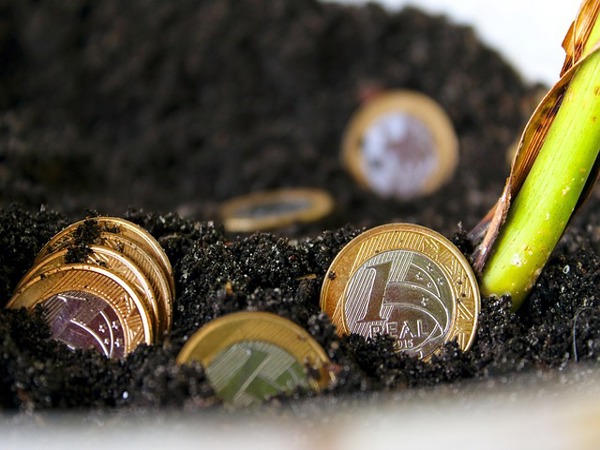
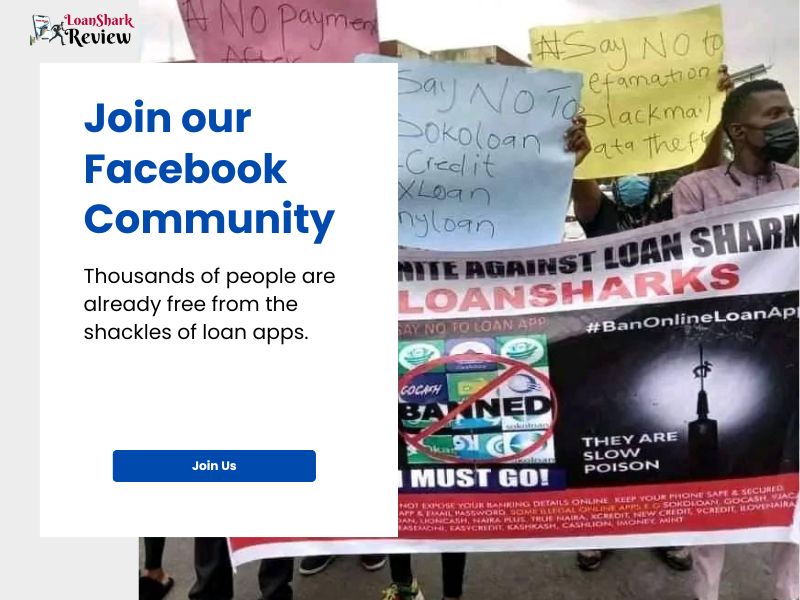
.jpg)



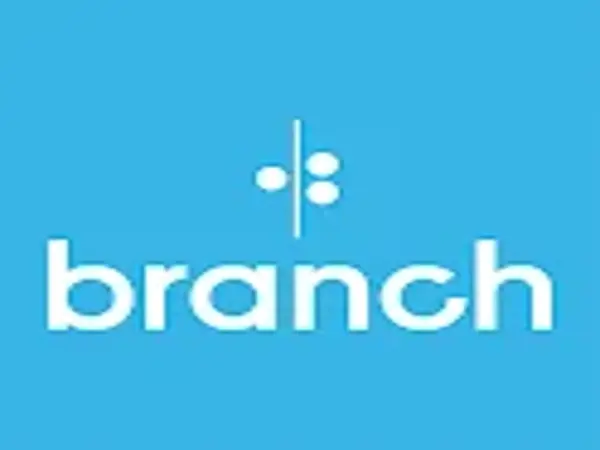

.webp)


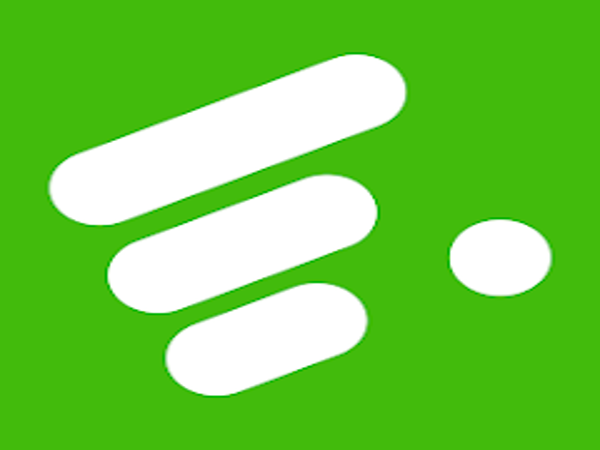
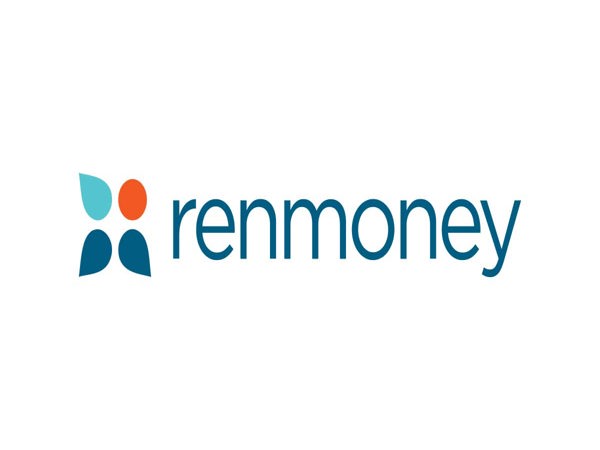


(0) Comment(s)
Write a comment